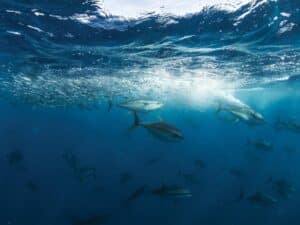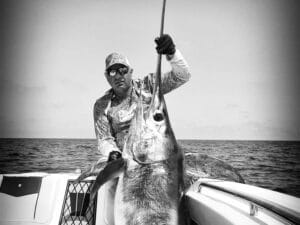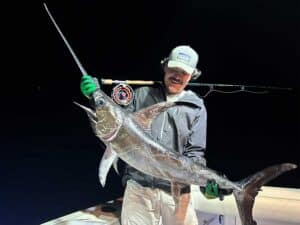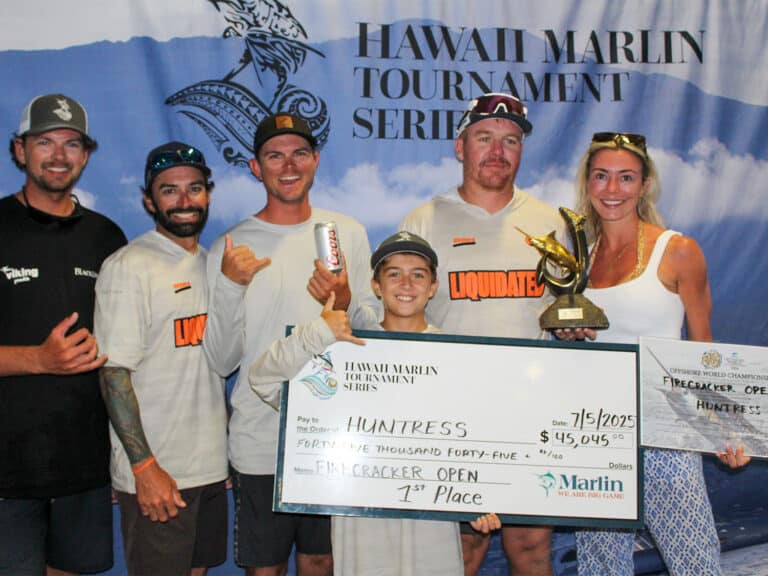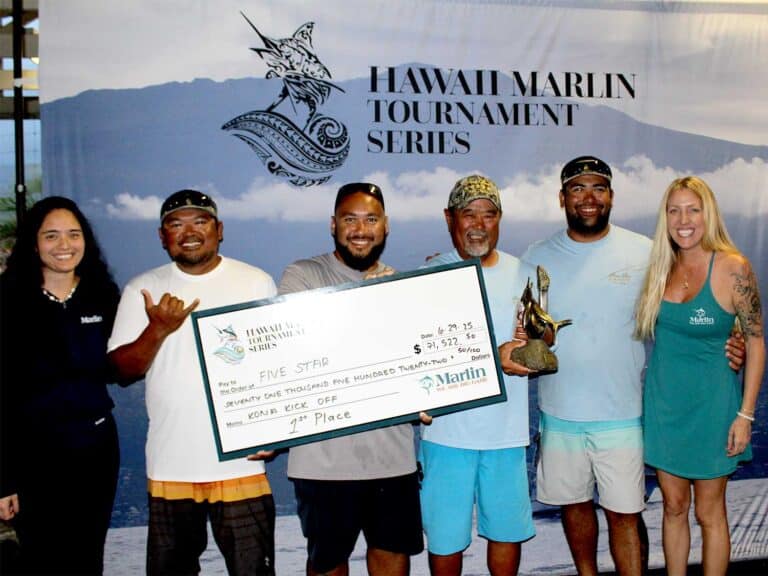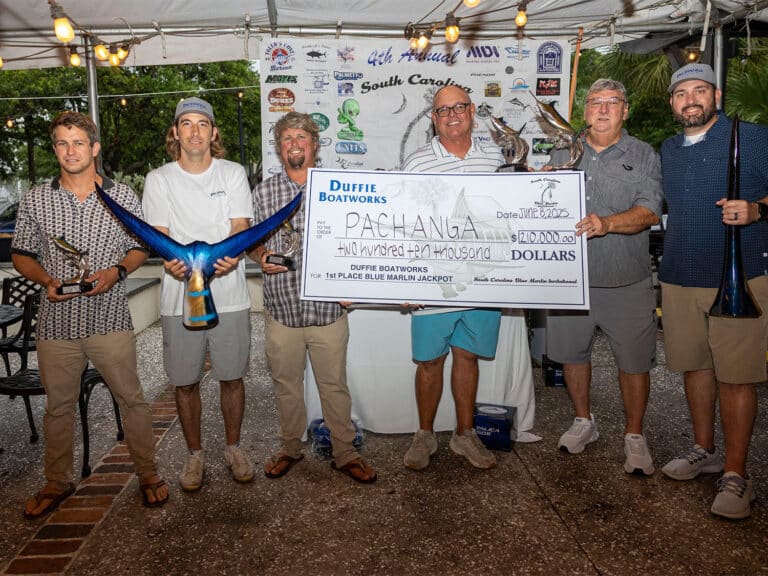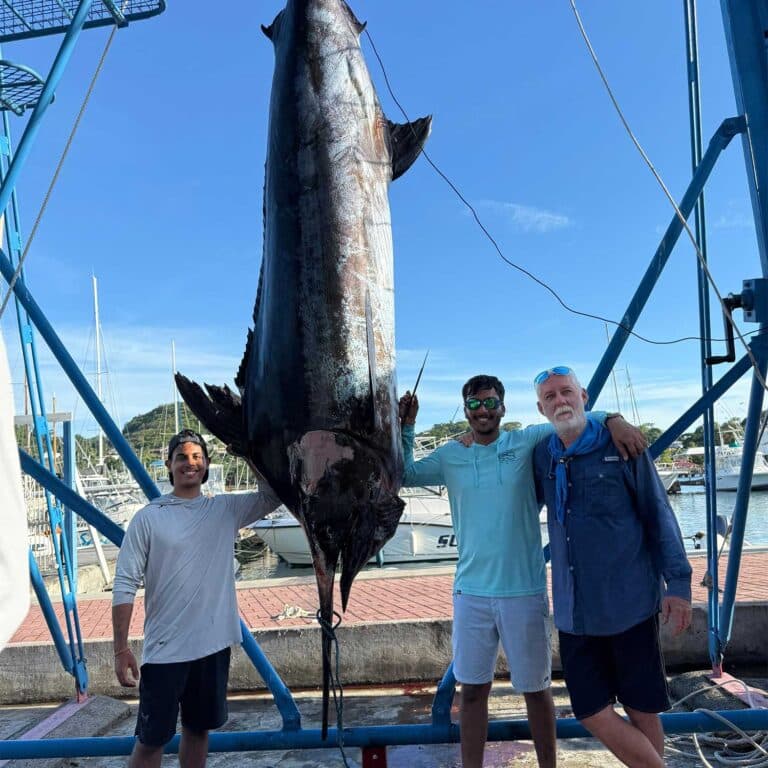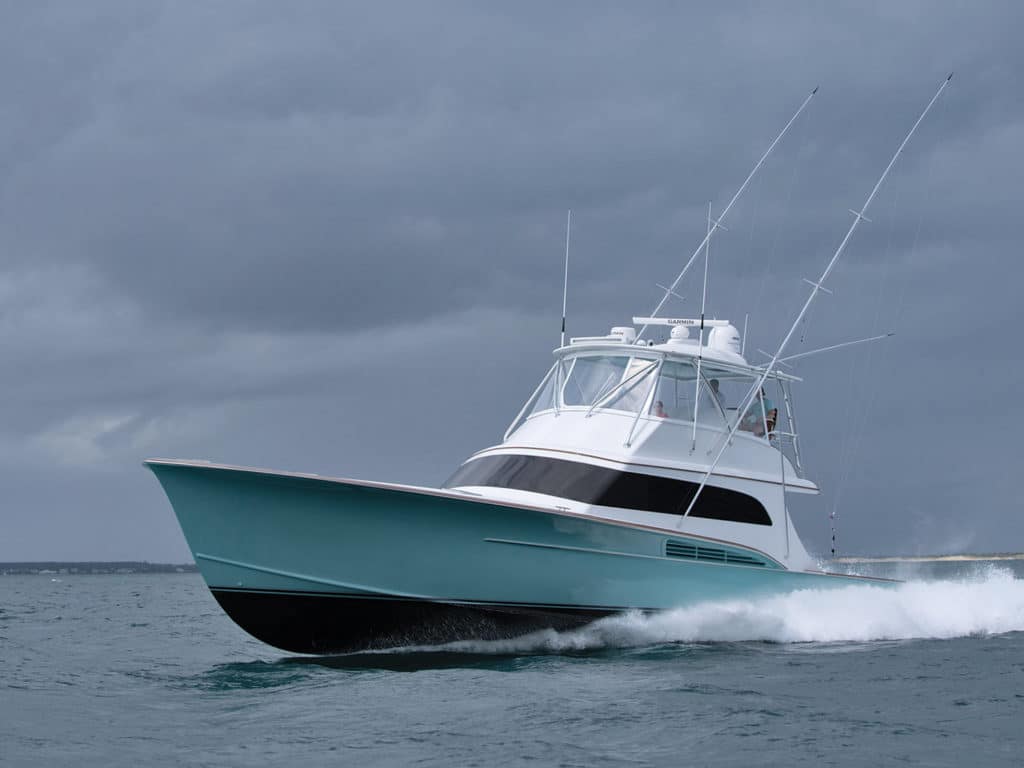
Special delivery: Sign up for the free Marlin email newsletter. Subscribe to Marlin magazine and get a year of highly collectible, keepsake editions – plus access to the digital edition and archives.
Is there any hope for us poor folks? You own a great sport-fisherman, and yet you feel that you can’t compete with all the sonar boats in a billfish tournament (and it’s hard to blame you). Besides not having $150,000 to buy and install a sonar, it’s also difficult to find a good location for that big periscope transducer in the engine room, much less a spot on the bridge for the display.
Maybe we should try to fish the kingfish and wahoo tournaments? Do we have a chance at being competitive, or will we need to repower the boat and add more fuel so we can run to where those fish are? And don’t forget about the cost of bait and fuel—nothing is getting any less expensive. I’ll just keep buying lottery tickets until I win enough for a new boat with all that great new technology.
Speaking of new boats, it seems that they have everything these days. Generators that start themselves and pick up the load when the shore power goes out. Freshwater systems that make such pure water, you don’t have to chamois the boat at the end of the day. Watermakers that turn on with the push of a button from the bridge and then turn off automatically when the tank’s full. Stabilizers to keep the boat from rocking too much—maybe they’ll even put Dramamine out of business.
Watch: A belly-strip teaser is a great way to raise marlin and sailfish. Learn to rig one here.
The speed these new boats have is crazy. There are 70-footers trying to do 50 knots, and that’s loaded with two generators, tons of fuel, a full tower, and huge galleys with tons of refrigeration, all packed to the gills. Then add the weight of the tackle under the salon couches and all of the rods and reels in their own lockers. Just don’t look at the gallons per hour they’re burning and you’ll be fine, otherwise you might have a heart attack.
They also have the best-of-the-best captains and crews. During the big-money tournaments, some boats have a captain, one person dedicated to running the sonar, a spotter or two in the tower, three or four deckhands in the cockpit who also can be anglers, plus the owner and his friends. How do you feed everybody? You bring along a chef and a stewardess. These crews are up at 4 a.m. rigging baits and going over the tackle, fishing all day, and then back at the dock that evening, rigging up for the next day and cleaning up the boat.
But sometimes low-tech is best, and there are plenty of older charter boats up and down the East Coast that still use the basics. No sonar, just a good depth sounder and chart plotter. They also have quite a few friends to talk to on the VHF radio or the phone to find the fish—and that still might be one of the biggest advantages today. A good fishing network is priceless.
Read Next: Learn more about the Costa Offshore World Championship, including how to qualify to participate.
Even when using sonar, you still need to be in the right area to find the fish—the best captain in the world can’t catch ’em if they’re not there. With all the boats out fishing every day and so much area to cover, you still need friends and/or local knowledge to be successful. Even the boats without the latest gear have access to satellite charts showing the temperature breaks and a bunch of other information.
If I did have a sonar, with my luck I would probably spend all day chasing blue marlin that someone else had already tagged and released. And as hard as we try, you can’t make them do anything, much less bite.
